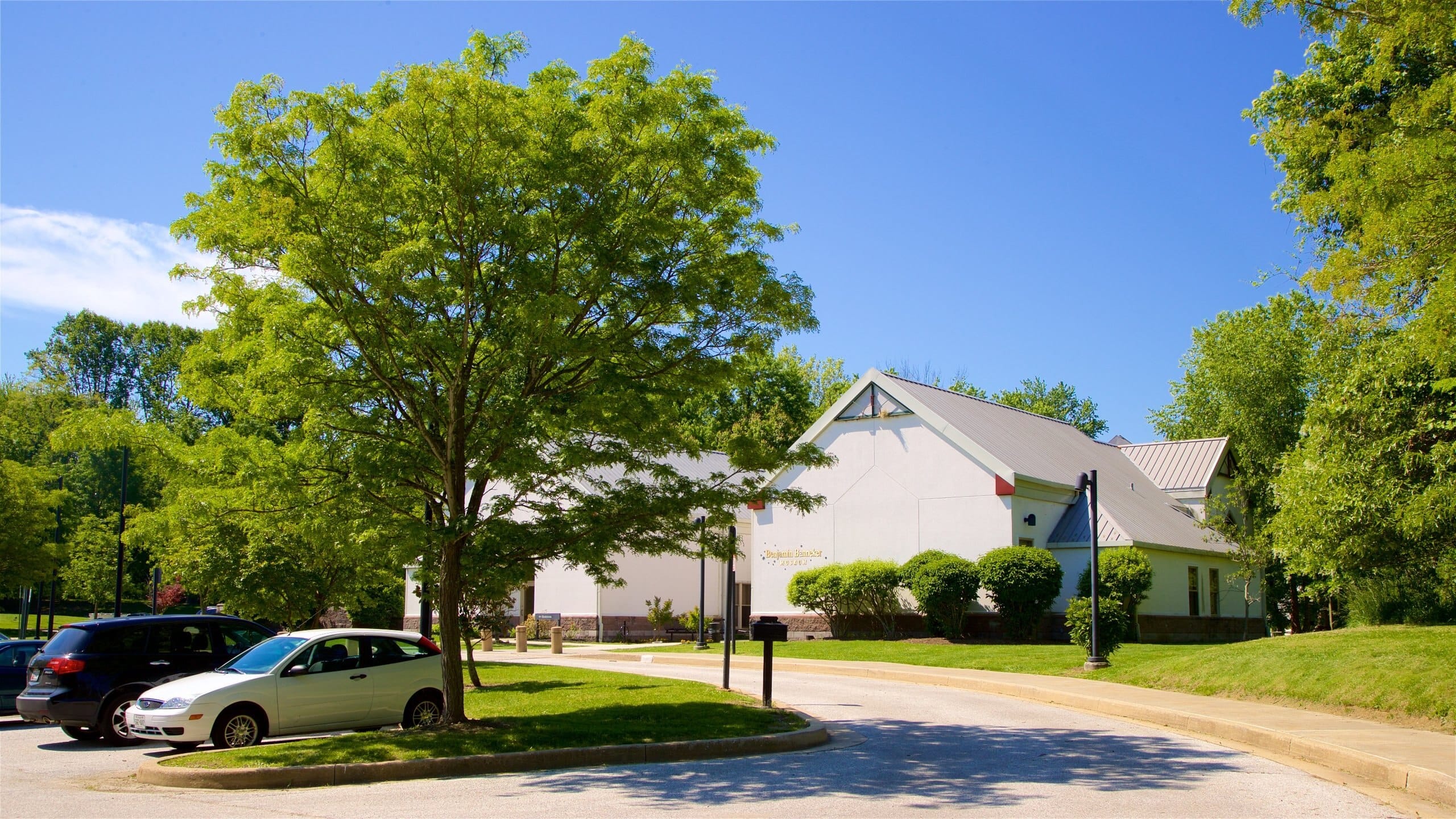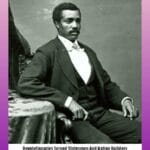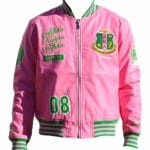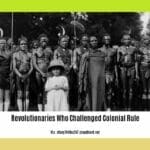Discovering Banneker Recreation Center: A Historic Hub
The Banneker Recreation Center in DC, a vibrant hub nestled in the heart of Columbia Heights, pulsates with activity and echoes with a rich history. Named after Benjamin Banneker, the brilliant African American scientist and surveyor who contributed to the very layout of Washington, D.C., this center is more than just a place to play; it’s a living monument to community spirit and resilience. Opened in 1934 during the era of segregation, Banneker quickly became a vital sanctuary for the African American community, offering a safe and nurturing space for connection and self-expression. The center’s Art Deco architectural details, a popular style of the 1930s, whisper tales of its enduring legacy.
Today, Banneker Recreation Center continues to thrive as an essential community resource, offering a diverse array of activities for all ages. Dive into the refreshing waters of the Banneker Pool, energize your body in the fully equipped gym, or bask in the sun on the expansive outdoor grounds – the possibilities are endless. [https://www.lolaapp.com/] Whether you’re drawn to invigorating fitness classes, competitive youth sports leagues, enriching senior activities, or engaging summer camps, Banneker likely has a program to pique your interest. Through dynamic partnerships with local organizations and businesses, the center further expands its offerings, encompassing cultural events, educational workshops, and essential social services.
Getting to Banneker is easy. Located at 2500 Georgia Avenue NW, it’s accessible by both car and public transportation. The Mt. Vernon Square/7th Street-Convention Center Metro Station (Green/Yellow lines) is conveniently nearby, and ample parking is available for those who prefer to drive.
Banneker Recreation Center is more than just a building; it’s a place where memories are made, friendships are forged, and the community flourishes. It’s a space that has witnessed countless milestones and celebrations, a gathering place where neighbors connect, learn, and grow together. It stands as a powerful symbol of community resilience and the enduring legacy of Benjamin Banneker, inspiring generations to come.
Key Points:
- Historical Significance: Named after Benjamin Banneker, an influential African American scientist, the recreation center opened in 1934 during segregation and became a vital refuge for the Black community.
- Community Landmark: Banneker remains a cornerstone of Ward 1, fostering a welcoming environment for all ages through a variety of activities and programs.
- Diverse Facilities: Offers a swimming pool, fully-equipped gym, outdoor space, and tailored programs catering to fitness, sports, youth, seniors, and summer camps.
- Community Partnerships: Collaborates with local organizations and businesses to enhance program offerings, including cultural events, workshops, and social services.
- Legacy and Impact: Represents the resilience and spirit of the community, inspiring generations to connect, learn, grow, and honor the legacy of Benjamin Banneker.
Check out our exclusive collection of aka sorority jackets. These jackets are perfect for showing your Greek pride and spirit.
Exploring Free Activities at DC Recreation Centers
DC recreation centers are known for their accessible and affordable offerings. For DC residents, many of the core services and programs are likely free, making them invaluable community resources. These centers function as neighborhood hubs where you can engage in a wide range of activities without breaking the bank.
Free activities typically include access to basketball courts, playgrounds, and game rooms. Many centers also provide open gym time, allowing residents to utilize treadmills, weights, and other equipment without a gym membership. Outdoor fitness areas and walking tracks offer opportunities for exercise in the fresh air. During open swim times, residents can usually enjoy free access to indoor and outdoor pools. Community events, ranging from holiday celebrations to movie nights, are also often free and open to the public.
While core amenities and activities are generally free, specialized programs, such as advanced fitness classes or personal training sessions, may involve fees. These fees often cover the costs of specialized instructors or equipment. Some recreation centers also offer membership options that provide access to premium facilities or services. For the latest information on specific costs and programs, it’s always best to contact your local recreation center directly.
| Amenity/Activity | Likely Free? | Potential Fees? |
|---|---|---|
| Basketball Courts | Yes | None |
| Playgrounds | Yes | None |
| Game Rooms | Yes | None |
| Meeting Spaces | Probably | Possible reservation fees |
| Open Gym Time | Yes | Some specialized equipment/classes |
| Swimming Pools | Yes | Certain programs/lessons |
| Community Events | Yes | Some special events might have fees |
| Specialized Fitness Classes | Maybe | Likely for specialized instruction |
| Computer Labs | Probably | Potentially for printing/software |
To locate your nearest recreation center, visit the DC DPR website. Their online resources usually include a map and directory, allowing you to search by neighborhood or zip code. You can also browse the various amenities and programs offered at each center.
Benjamin Banneker’s True Contribution to Washington, D.C.
Benjamin Banneker, a self-taught African American scientist, astronomer, and surveyor, played a crucial role in the early development of Washington, D.C. In 1791, he joined Andrew Ellicott’s surveying team, appointed by President George Washington, to delineate the boundaries of the future capital. Banneker’s expertise in astronomy and mathematics was essential for making precise calculations and ensuring the accurate placement of boundary stones.
While Banneker’s surveying contributions were vital, it’s important to clarify that he did not design the city plan itself. That credit belongs to Pierre (Peter) Charles L’Enfant, the French-born architect and engineer commissioned by George Washington to create the capital’s layout. L’Enfant envisioned the grand avenues, grid system of streets, and public spaces that characterize Washington, D.C. today.
The misconception that Banneker designed the city may stem from a combination of factors. His significant contribution to the surveying process could easily be misinterpreted or exaggerated over time. Additionally, there’s a natural desire to celebrate the achievements of African Americans in U.S. history, and Banneker’s involvement with the nation’s capital is a source of pride.
Ongoing research continues to shed light on this period of history. While we have a good understanding of the key players involved, further discoveries may offer new perspectives on their individual contributions and collaborative efforts.
DC’s Network of Recreation Centers: A Community Resource
The District of Columbia boasts an impressive network of 68 recreation centers managed by the Department of Parks and Recreation (DPR). These centers are more than just buildings; they are vital community hubs providing a wide array of activities and amenities for residents of all ages and fitness levels. They serve as neighborhood gathering places where people can be active, learn new skills, and connect with others.
DPR caters to diverse interests, offering 25 outdoor pools, 8 spray parks, and 10 indoor pools for aquatic activities. Many centers also feature athletic fields and tennis courts. Beyond sports and fitness, DPR centers host a variety of programs and classes, including fitness classes, youth programs, and senior social events. They often offer enriching activities such as art classes, cooking workshops, and after-school programs. DPR’s focus is on creating welcoming and inclusive environments for all.
Locating your closest recreation center is simple. The DPR website provides an interactive map and a directory of centers organized by ward. Each center’s page details the facilities, programs, hours of operation, and contact information.
In a Nutshell:
- DC has 68 recreation centers run by DPR, offering numerous opportunities for recreation and community engagement.
- Amenities include indoor and outdoor swimming pools, spray parks, athletic fields, and tennis courts.
- DPR centers host diverse programs and classes for all ages, fostering a sense of community.
- The DPR website features an interactive map and detailed information on each center.
- Discover Long Black Pepper: Flavor & Health Benefits - April 25, 2025
- Shocking Twists: The Grownup Review: Unreliable Narration - April 25, 2025
- A Quiet Place Book vs Movie: A Deep Dive - April 25, 2025

















1 thought on “Banneker Recreation Center DC: Your Guide to History, Activities & Amenities”
Comments are closed.